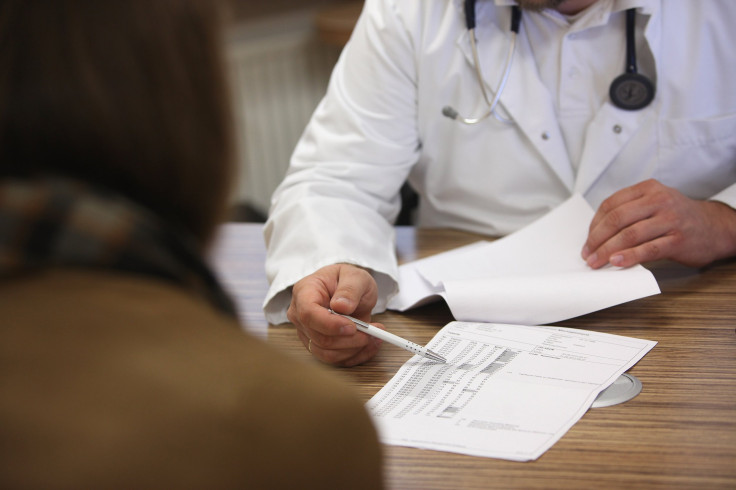Kidney Stones vs. Gallstones: What’s The Difference And How Do You Treat Them

Kidney stones affect an estimated one in 11 people in the U.S. The country also has one of the highest rates of gallstone disease in the world. Both usually don’t have many symptoms. But what’s the difference between the two?
The kidney filters the blood and creates urine. Kidney stones are small mineral deposits formed in your kidneys, also made up of acid salts.
The gall bladder stores bile, which helps with the digestion and absorption of fats. Gallstones are the result of a chemical imbalance in the gall bladder. They are pebble-like hard deposits made of digestive fluids.
“People who have had a kidney stone seem to have a heightened risk of gallstones – and vice versa,” Juan Omana, a general surgeon at Florida Hospital, said.
A person with kidney stones doesn’t experience many symptoms until the stone is moving around in his/her kidney or passes through the ureter, which is the tube connecting the kidney and the bladder. In such cases, these are the symptoms:
- Severe pain in the side and back
- Severe pain below ribs
- Pain in the lower abdomen and groin
- Painful urination
- Urine that’s pink, red or brown
- Cloudy urine
- Urine that smells very foul
- Nausea
- A constant need to urinate
- Fever and chills if you also have an infection
- Ability to pass only small amounts of urine
The pain may change in intensity as the stone passes through the ureter.
People with gallstones also don’t experience many symptoms unless the stone causes a blockage in a duct. The following are some symptoms you may experience in that case:
- Sudden intensifying pain in your upper right abdomen
- Sudden intensifying pain just below your breastbone
- Back pain
- Pain in your right shoulder
The pain can last a few minutes or several hours.
Small kidney stones usually pass on their own. The patient should drink a lot of water and can take pain medication if necessary. However, if the pain is too much or if the stone is blocking the urinary tract, the person needs professional attention.
Symptoms for gallstones are rare but if the patient does experience any symptoms, he/she needs surgery immediately. Removing the gallbladder is the most common method in getting rid of gallstones. Although you can remove the stones while preserving the gallbladder, it does not eliminate the possibility of never developing gallstones again. But the gall bladder is an organ you can live without.



























